Viral Sensation: Mother’s Extraordinary Journey with Rarest Type of Twins Revealed
A 30-year-old mother recently went viral on TikTok for sharing the story behind her incredibly rare type of twins. The TikTok video, which has garnered over 20 million views and 8,000 comments, was posted by user @Lex.Ginger. In the video, she participates in the “Put a finger down if you…” challenge to describe how she discovered she was pregnant with identical twins who shared the same amniotic sac and placenta, a condition known as monoamniotic twins or “mono mono” for short. To protect her and her family’s privacy, Lex, who is an immigration attorney living in Florida with her husband and twin boys, preferred not to disclose her last name after going viral. She shared her story on TikTok to raise awareness and connect with other mothers facing similar experiences.
In December 2018, Lex received the surprising news of her pregnancy. It was unexpected due to her preexisting conditions, which could affect fertility. “I had been told that it would be very difficult to get pregnant because I have PCOS (polycystic ovary syndrome) and factor V, which is a blood clotting disorder,” Lex shared with TODAY. Despite the challenges, she and her husband were overjoyed to be expecting.
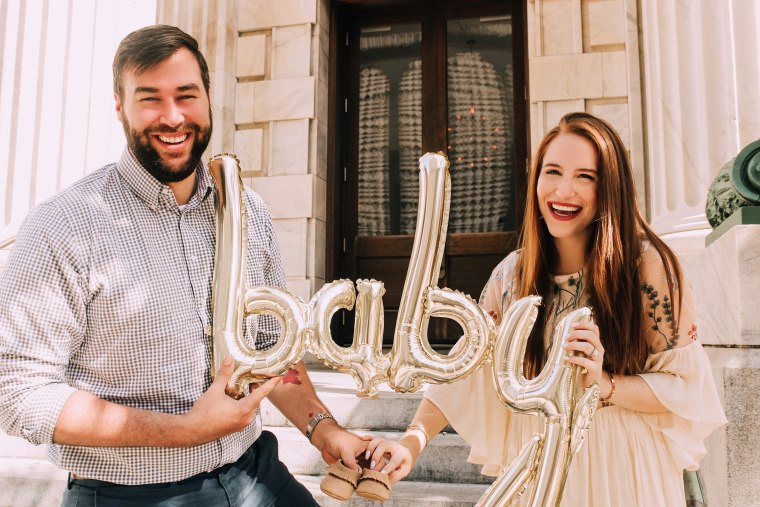
About a week later, when Lex was approximately seven weeks pregnant, she woke up with severe morning sickness that debilitated her. “I couldn’t get out of bed. I couldn’t eat or drink water,” she explained. The symptoms persisted and were diagnosed as hyperemesis gravidarum, a severe and persistent form of nausea and vomiting during pregnancy.
Lex’s OB-GYN prescribed medication and requested her to pick it up in-person at the clinic for a check-up. Believing it would be a brief and uneventful visit, Lex told her husband he didn’t need to accompany her and should go to work instead. However, as the story unfolds, her husband would never miss another appointment after this one.
Upon arriving at the clinic, Lex’s OB-GYN was alarmed by her visibly sick appearance and decided to perform a quick ultrasound to ensure everything was alright. That’s when an unexpected twist occurred, catching both Lex and her OB-GYN by surprise.
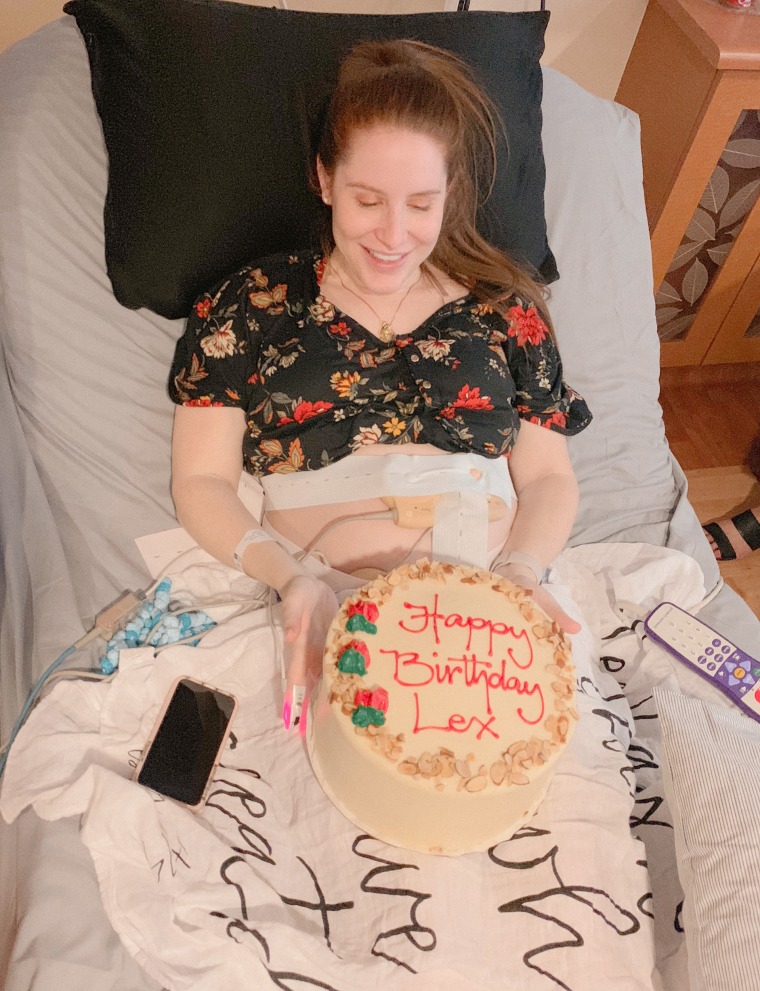
While Lex was pregnant with mono mono twins, she shared an intriguing story. “The ultrasound was taking a very long time,” Lex recalled. After a few minutes, the OB-GYN surprised her by asking if she knew she was having twins. Confused, Lex responded, “No, I’m not because I had just been there the week before, and I have one yolk sac.” However, the OB-GYN insisted, showing Lex the ultrasound images of two little beans with flickering spots in the center.
It turned out that the strong cardiac activity detected at six weeks was actually coming from two embryos positioned right on top of each other.
Lex experienced a mix of emotions, from feeling unprepared to be a mother of two at 26 to being grateful for being pregnant with twins despite her previous fertility issues. However, her emotions quickly shifted when her OB-GYN fell silent and continued moving the ultrasound probe around her belly. Concerned by their close proximity, Lex mustered the courage to ask if the twins were conjoined, to which the OB-GYN responded that it was a possibility.
Feeling both shocked and alone, Lex realized she had forgotten her phone and couldn’t reach her husband. “I was freaked out. It felt like a bad dream,” she expressed. The OB-GYN then called in an ultrasound technician to examine the situation, who informed Lex that based on their close proximity, the twins were most likely either mono mono or conjoined.

Lex had never come across mono mono twins before. “I asked my OB-GYN how many times she had seen this, and she replied that she had never seen it before,” Lex shared. It seemed like something straight out of a medical textbook.
So, what exactly are mono mono twins?
Monoamniotic-monochorionic twins are identical twins who share the same amniotic sac and placenta, explained Dr. Mauro Schenone, a board-certified maternal fetal medicine specialist at the Mayo Clinic in Minnesota (although he did not treat Lex).
Dr. Schenone further elaborated on the categorization of twins based on zygosity, which refers to whether they come from the same fertilized egg. Monozygotic or identical twins occur when a fertilized egg splits in two, while dizygotic or fraternal twins result from two separate fertilized eggs. Additionally, there are three more categories of twins.
Dichorionic-Diamniotic (Di-Di): Each twin has its own amniotic sac and placenta, similar to a singleton baby. These twins can be either fraternal or identical.
Monochorionic-Diamniotic (Mono-Di): Each twin has its own amniotic sac but shares the placenta. This configuration is only possible with identical twins.
Monochorionic-Monoamniotic (Mono-Mono): Both twins share the same amniotic sac and placenta. These twins are always identical and can be conjoined. This is the rarest type, accounting for less than 0.1% of all pregnancies, as reported by Columbia University.
The different configurations of identical twins in these categories are believed to be determined by the number of days after fertilization when the fertilized egg splits, according to Dr. Schenone.
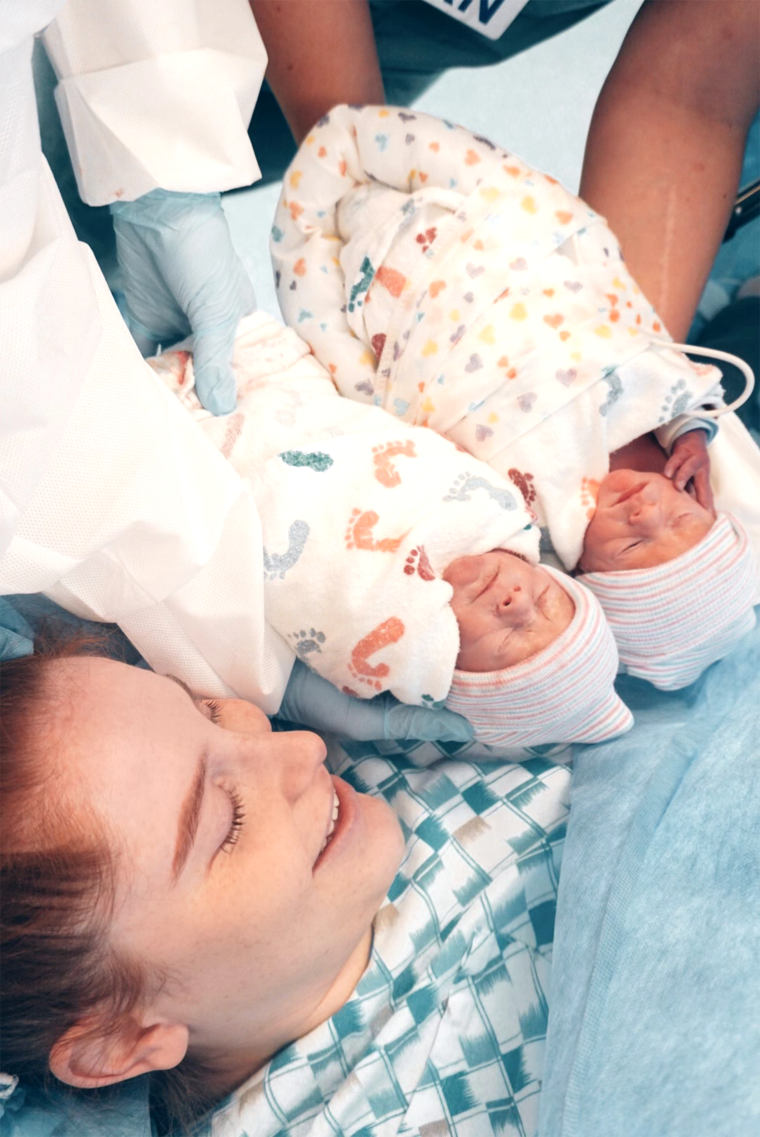
“If they split within the first three days, you end up with two placentas and two sacs (di-di). If they split between day four and eight, then you have one placenta and two sacs (mono-di). If they split between day eight and 12, they will share a placenta and a sac (mono-mono),” explained Schenone. He added that if the egg splits after 13 days, it can result in conjoined twins.
According to Schenone, most studies estimate that 12 to 23% of mono mono twins who make it to the second trimester will pass away during the remainder of the pregnancy or within the first month of life.
Umbilical cord entanglement is the most common cause of death in mono mono twins. Lex was informed by her doctors that it can occur at any point during a mono mono pregnancy, even up until the day of birth.
Early care and monitoring increase the chances of survival for mono mono twins. Most patients carrying mono mono twins will be hospitalized by the 28th week, which helps prevent cord entanglement. Mono mono twins are typically delivered between 32 and 34 weeks, always via Cesarean section due to the risk of cord entanglement during birth, stated Schenone.
“All conjoined twins are mono mono, but not all mono mono twins are conjoined,” Lex learned during the same appointment. She underwent a type of ultrasound that assessed blood circulation in the fetus and indicated separate blood flows. However, it was too early to be certain, and she had to wait until her 14-week ultrasound to confirm that the twins were mono mono but not conjoined.
“Then the doctor dropped the bombshell: There’s only a 50% chance we’ll make it to 12 weeks,” Lex shared.
Lex explained that she couldn’t see a maternal-fetal medicine specialist before 14 weeks because there was nothing they could do at that stage. Meanwhile, her OB-GYN requested weekly “demise checks” to ensure the babies’ survival.
“I was feeling very depressed,” Lex admitted.
Fortunately, she surpassed the 14-week mark, and doctors confirmed the mono mono pregnancy and the gender of her twin boys. By that time, thanks to her therapist, her mental health had also improved.
“If you can get therapy, do it because it made a world of difference and helped me reframe things,” she advised. “It also helps that my husband is an incredibly positive person.”
She added, “High-risk pregnancies completely take your plan and vision out of your hands.”
To distract herself during the remainder of her pregnancy, Lex focused on studying for the Florida state bar exam. She also joined a Facebook group for mono mono moms, where she could seek advice and share experiences with approximately 2,000 other mothers who had gone through the same situation.
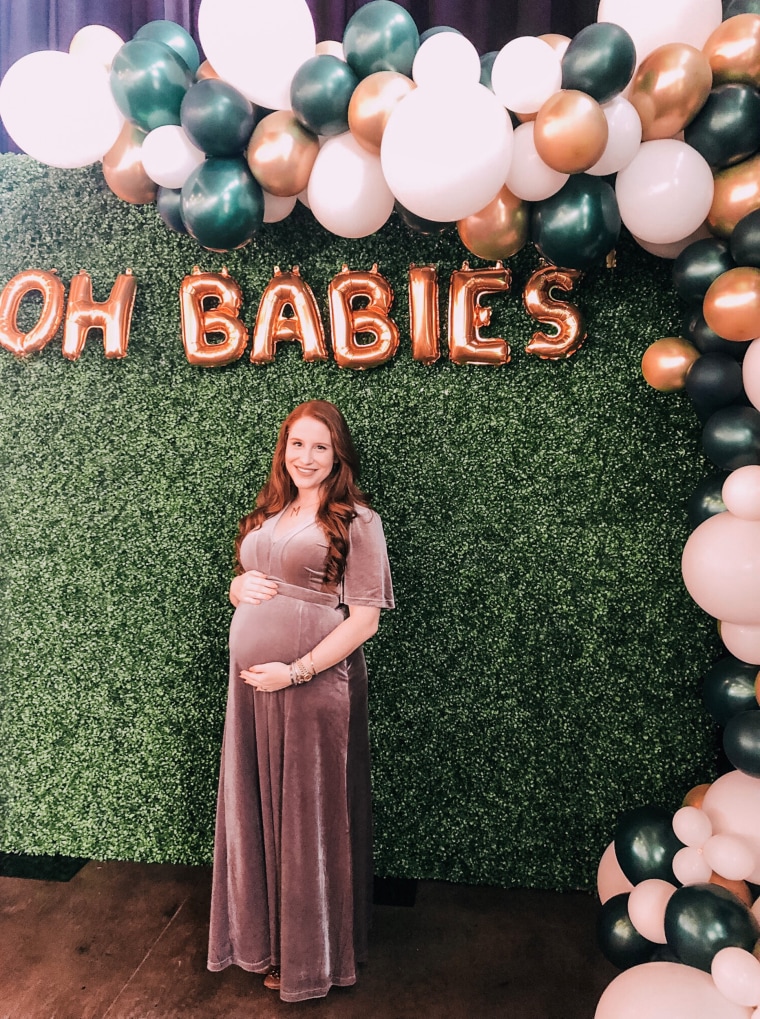
At 22 weeks, Lex had an early baby shower, although it took some convincing from her husband. “When you have a high-risk pregnancy, it’s scary to celebrate milestones,” she explained.
By 25 weeks, Lex was admitted to Tampa General Hospital, where a team of maternal-fetal medicine specialists, OB-GYNs, residents, and nurses monitored her day and night.
“There was a little machine next to me that allowed me to hear their heartbeats, which was comforting and heartwarming,” she recalled.
During her hospital stay, Lex mainly rested, walked around the ward, and occasionally treated herself to a visit to the hospital’s Starbucks when the twins were doing well. She received advice on maintaining sanity and relieving backaches from the mono mono mom Facebook group.
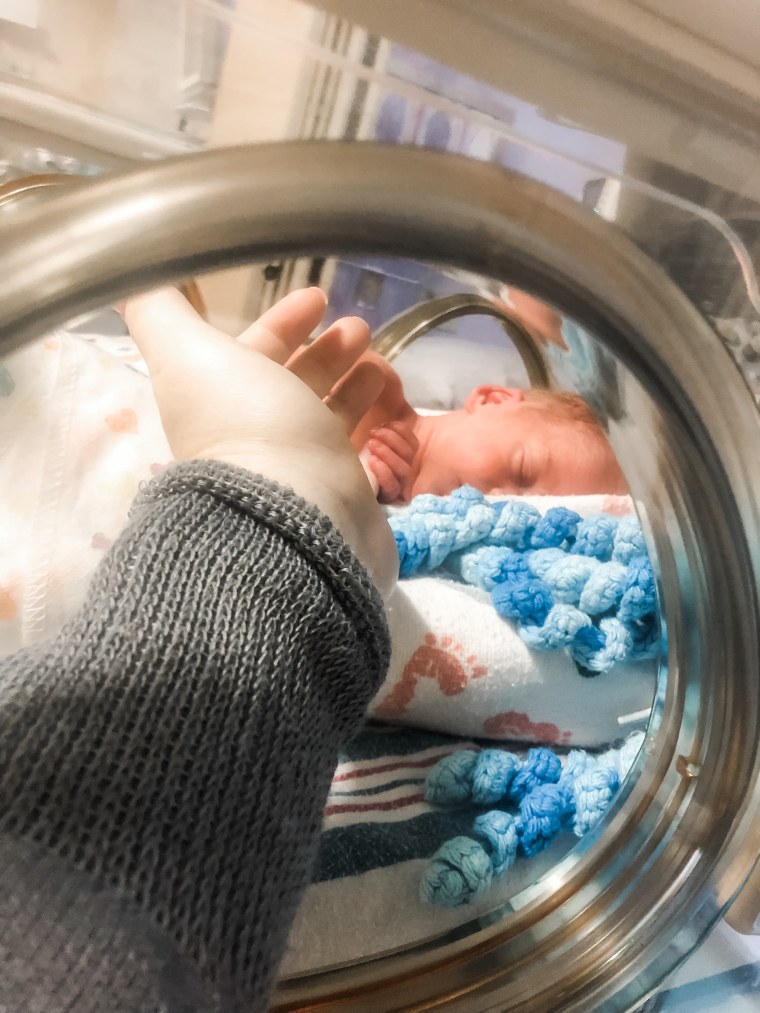
.
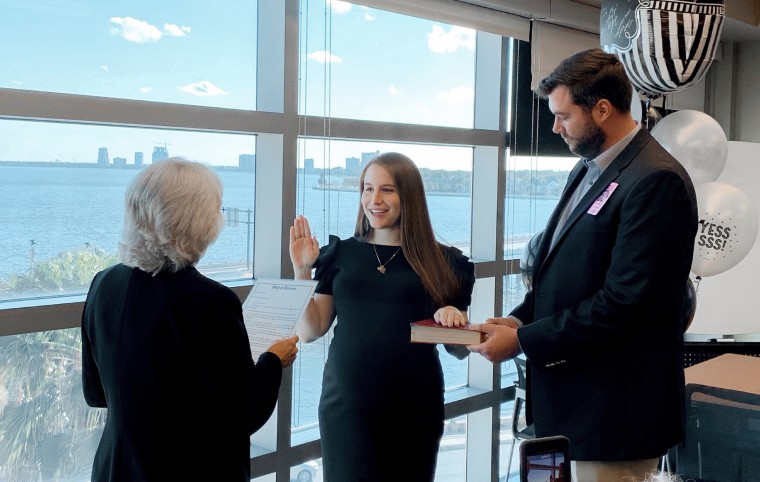
.
At 32 weeks, Lex underwent her planned C-section. “There was an overwhelming sense of elation, like we had made it,” Lex recalled. Waiting for her in the operating room was her favorite team of healthcare providers.
On May 16, 2019, Lex gave birth to two healthy, crying baby boys just 15 seconds apart. “They both had an Apgar score of nine out of 10, so they were doing wonderfully,” said Lex. After spending 30 days in the neonatal intensive care unit to develop their suck-swallow-breathe reflexes, Lex and her husband finally brought their mono-mono twins home.
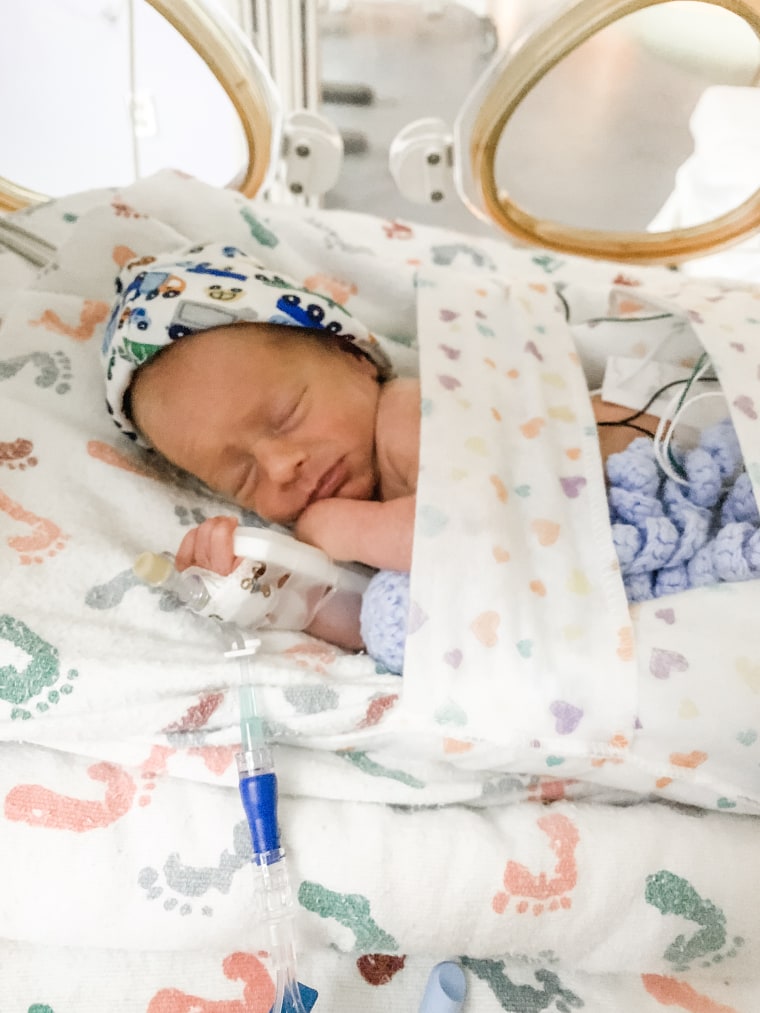
“After they are born and healthy, the fact that they were mono mono twins becomes irrelevant,” Lex remarked. Her sons are now happy and healthy 3-year-olds.
While there are no specific symptoms unique to a mono mono twin pregnancy, there are early signs that may indicate a twin pregnancy. Hyperemesis gravidarum, the severe morning sickness that Lex experienced, “is more common in women pregnant with twins or more,” according to Stanford Children’s Health.
Schenone advises pregnant patients with twins to initiate prenatal care as early as possible and take a proactive approach. “Ask your healthcare providers: Do my twins share the placenta or the amniotic sac? Because again, the management of these situations differs significantly,” he said.

Lex and her family, as shared by Lex Ginger.
Lex, who has connected with many expectant twin moms feeling scared or alone through social media, also offered some advice: “Avoid using Google as a primary source, consider getting a therapist if it’s feasible, and try to maintain a positive mindset.”
If you have any questions regarding your individual pregnancy, reach out to your primary care provider or OB-GYN for assistance.